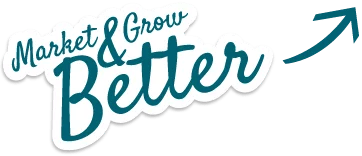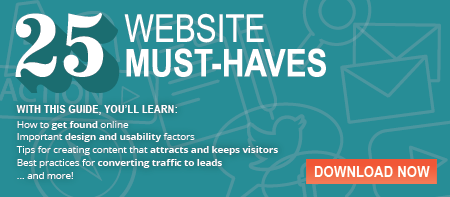
After working a long day at the office, isn’t it nice to come back to a clean, beautiful home that houses a perfect family, with dinner on the table and a loyal pet at your feet?
In a perfect world, sure. But, I think we all know the reality. After work, you go to pick up one child from practice, then another child from rehearsal — only to discover that the “rehearsal” was actually the main performance. You apologize, then scramble to find a fast food venue that satisfies everyone. But (whoops), you forgot to get gas and now your car is puttering as you finally pull into your driveway at 9 p.m. And the madness of everyday life will start again tomorrow…with an empty gas tank.
Much like everyday life, website search engine optimization (SEO), can sometimes feel like a never-ending duty that doesn’t always work out as planned.
First, it’s important to know that there are two types of SEO:
- Off-page SEO: This type of SEO is what other sites are saying about you. It provides inbound linking that’s important to search engines, and can give credibility to your site by being linked to other credible sites.
- On-Page SEO: This type of SEO is what your site is saying to a search engine. It covers actual content and HTML coding of your website.
So to help you plan better, we’re providing you with some helpful tips and tricks — that still give you time to pick up your kids.
Here are eight On-Page SEO Tips and Tricks:
1. Choose Keywords Wisely
You should include keywords, but don’t use them too often. Sift through your page’s content and identify one keyword – and then a variation of that keyword — to focus on for each page. As our friends at HubSpot put it, if it’s not clear to you what your web page is about, then search engines and visitors won’t know, either.
2. Include the Primary Keyword in the URL
To assist with on-page SEO, it’s helpful to include your primary keywords within your web page’s URL. Be sure to separate each word with a dash (-). Here’s an example, shameless plug edition: http://blog.invervemarketing.com/how-to-create-a-viral-marketing-campaign.
3. What to Do with Page Titles
When considering on-page SEO boosting, the page title is obviously of high importance. It’s the biggest, boldest text that appears in search results, and is what users see first on a search results page. When thinking of your page title:
- Keep it under 70 characters
- Put your primary keyword first, if possible
- Separate each keyword with a pipe ( | )
- Keep each page title on your site unique
4. Meta's Matter
Meta descriptions are what appear on a search results page under the page title and URL. This space is used to define what your web page is about before users decide to click. Here’s an example:

Keep this description under 150 characters, use keywords, and entice users with a captivating reason to visit the page.
5. Sitemap XMLs are MVPs
An XML sitemap is a (you guessed it) XML file that is saved to your website’s server. Essentially, it’s a list of all subpages that belong to your site. These files allow search engines to understand the actual structure of your website. Not only that — but sitemaps also speed up the crawling process — making sure search engine spiders don’t overlook any of your pages, more efficiently.
6. Image Optimization
With images being, well, images, search engines have a tough time deciphering what they really are. That’s where the file name and alternate (alt) text comes into play! When optimizing your images for SEO, be sure to use file names where each word is separated by a dash ( - ), as well as alt text that matches the file’s name — but this time, without the dashes. Alt text essentially takes the place of an image in HTML code to express the content/nature of the image.
7. Keyword and Content Harmony
Be sure to distribute primary and secondary keywords throughout your page content, if you haven’t already. Also try using bold or underlined keywords, too — at least once.
Pro Tip: Don’t worry about keyword density within your page. Let the keywords appear naturally throughout the content. Users — and search engines — can tell when you’re inserting keywords just for the heck of it.
8. Don't forget Heading Tags!
Heading tags — or H1 tags — are usually the first text that grabs a website visitor’s attention, as it is the largest and most noticeable wording at the top of a website’s page. Be sure to incorporate your primary keyword within your H1 tag, and make sure it’s aligned with your URL and page title.
On-page SEO is a must-have for any website redesign project plan, so be sure to focus enough resources to make the results worth your while. Use these tips and tricks and at least your SEO will be under control.
Need some help getting started?
We specialize in inbound marketing services, like SEO, that can drive traffic — and conversions — to your company’s website. Contact us today.
Topics: search engine optimization, Web, SEO, website redesign






